Pests on the countryside can thoroughly poucher the life of its owner. Nevertheless, if such, they started on your land weaving - you should not despair, but you should deal with the hated rooters of the plants. To defeat the attack you should know every pest "in the face." Today the article will tell about how the pests of country sites are and how to deal with them.
Common types of suburban pests
If you speak the country area, most likely, you have repeatedly faced the problem of pests. The most common of them are shown below, there are also a photo of pests.
Scoop
Scoops are small caterpillars with a length of about 40 millimeters from the group of sheet-raising. After growing up, they turn into unspanitious grayish butterflies. This is one of the most common types of garden pests. Moreover, due to its voraciousness, they represent a sufficient greater danger to plants. Winter scoops in the stage of eggs, caterpillars or dolls. In the cold season, they break into the ground to a depth of 35 centimeters. In the spring, with the first rays of the sun, the caterpillars move to the surface layer of the soil. Here they are pounding and developing in their "Space" for almost a month. The first butterflies fly out at the end of May. It is carried out until the beginning of August. Harm is applied to everyone without exception to vegetable crops.
There are several ways to combat this pest. And it is best to undertake all the following measures in the complex.
- Remove all weeds and wild plants on the site.
- Calculate caterpillars.
- After collecting the harvest, carry out deep peopling of the soil, destroy the detected dolls.
- Wrapping the plant with a tincture of blooming wormwood. Preparation: Mix 250 grams of small leaf of wormwood with a glass of wood ash and a tablespoon of liquid soap. Pour the mixture with ten liters of boiling water and insist to cool the fluid.
- Apply on the area of \u200b\u200bbiopreparations:
- lepyocide (insecticide biopreparation);
- BitonSibacillin (liquid for spraying crops. The composition includes bacteria and protein crystals).

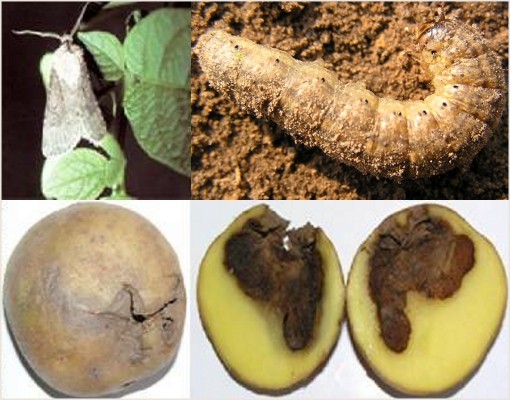
Bellenka
The whiteflies are small insects up to two millimeters. They have a yellow taurus and two pairs of white wings covered with glossy shiny radiance. It is a kind of miniature mole. The larvae look like flat ovals of greenish color. The whiteflies are scented with green leaves and thus feed on the juice of the plant. With great numbers, it can not only spoil the appearance of the garden, but also to ruin some plants. Most often, these nasty midges are hiding on the back of the sheet. So their waste falls on the top side of the leaf and turn it into "black". Moreover, whiteflies carry some viral infections.
Often, the white throat can be overcome in such ways.
- In the initial stages should be flush by insects with an abundant flow of water.
- Helps spraying with the infusion of garlic. You can prepare it mixing 300 grams of overgrown garlic cloves with a liter of water. It follows for three to five days. Before the start of irrigation of crops, dilute 10 grams of the resulting concentrate with a liter of water.
- During the started states, spray the plants with the drugs "Mosplan" or "Fosbecide".
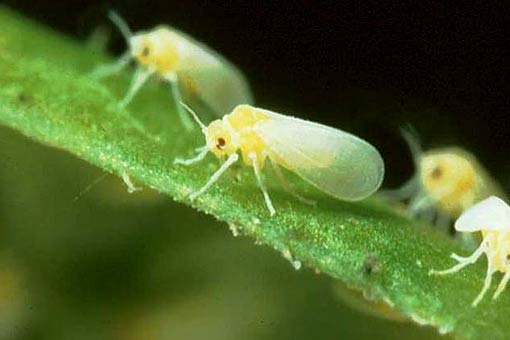

Aphid
On many country areas, the TLL is a common phenomenon. These are small soft to the touch insects of the detachment of a flat size of up to 2.5 millimeters. A small tank has an ovoid shape. There are both blindless and winged individuals. TLA causes harm to young plants' shoots. Insects are embarrassed to them and feed on juice. As a result, the culture receives little nutrients and stops development. Often a plant, affected tool very easy to recognize. These insects are placed by groups, ranging from the leaves and ending with the torn egg. As a result of the invasion of Tly, the plant can even get sick. This is due to insufficiency in the cultures of resources to combat viruses. In addition, insects themselves are usually carriers of infections.
Can be treated from pests in several ways.
- As soon as the word appeared (you can track visually checking the plant), spend manual processing, that is, just press the fingers.
- In parallel, we carry out the processing from black ants - they are the first peddles.
- In dry weather, we get rid of the threshing with a steep soap solution. For its preparation, it is necessary to twist 30 grams of household soap in 15 liters of water.
- We process plants wood ash or dust tobacco.
- In numerous colonies, use contact-intestinal insecticides "phytodeterm" or "accomplish".
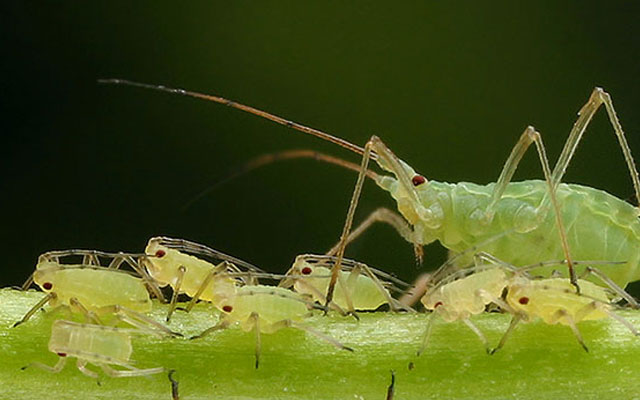
Slug
Slugs are hermaphrodites, that is, we combine both male and female signs. One individual usually postpones up to 400 eggs, which are carefully burled in the soil to a depth of 10 centimeters. The greatest danger of these nasty creatures is that they begin to harm the plants from early spring, while not dealing with cultures. Damage that shakes are very specific: in the leaves they stretch uneven holes, leaving the large veins and the stalk of the plant intact. Also, these pests damage fruits and vegetables, tearing off holes deep inside.
There are several ways to combat slugs.
- The most effective way to get rid of slugs - manual collection (it is necessary to carry out in gloves). Best for this event is suitable raw weather when the mollusks are particularly active.
- Remove from the territory all the available large stones, boards, felling leaves are the habitats of the lodge in the hot period of the day.
- Every year, carefully leaving the plot to avoid voids in the soil.
- Make sure to fall, after the harvest in the territory there was no vegetation - so you leave the pests without food during the breeding season.
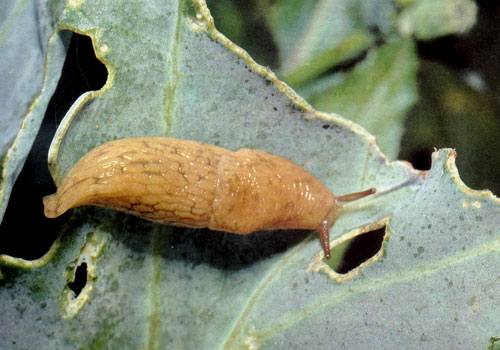
Medveda
Mole - polyphagous insect is dark in color. It grows to 15 centimeters, and has wings powerful forepaws. Dwells in damp dark places (very often make their nests in the manure). Mole digs horizontal passages within the soil. According to him it can be easily detected. If, after watering the perimeter of the site there are shallow furrows - you wound up exactly this pest. Cricket eats almost everything: from seed to seedling and root vegetables, tubers and fruits. During the night one individual can destroy up to 20 seedlings bushes. Agree, not a small loss.
There is a traditional method to combat Medvedkov.
- It vafatoksa dissolve 25 grams, 10 milliliters BI-58 and three capsules of regent in three liters of hot water. We add to this mixture the crude peas. The bottom line is that the peas saturate poisons. Further swollen peas in the early spring scatter of suburban areas. During the following 20 days, collect dead Medvedka from the site.
- As a precaution autumn dig site in the territory of the bucket of manure. In early spring dig them up and slept manure with unhatched eggs mole crickets.
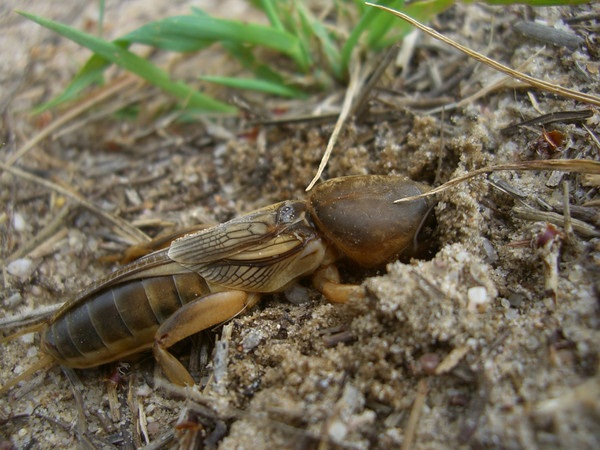
wireworms
Wireworms are dense larvae of up to 5 centimeters. Lay in the cracks on the ground white round eggs. After three to five years of which hatched beetles, click beetles. In general, wireworms harm the root system. They eat plant tubers. It is also not uncommon larvae penetrate the stem of a plant and eat them from the inside.
Ways to get rid of wireworms.
- Hand picking. Destruction of larvae during digging suburban area.
- Digging portion before the onset of frost.
- When the harvest is essential to remove from the territory of all the remnants of roots.
- Conduct periodic liming soil and fertilize the soil with chemical fertilizers.
- In severe situations, you can use the Calypso drugs Bazudin or Diazinon.
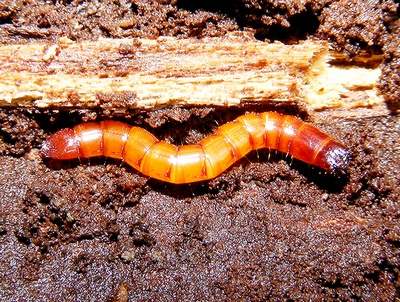
Chrusch (or grub)
Khrushchi look like rather large fleshy larvae curved arc. Adult larvae with the onset of spring feed on the kidneys and foliage of fruit trees. They are the most common garden pests. The larvae develop for about five years in the ground. There they show strong increment: young roots and old roots eat. Khrushchi are very dangerous pests of trees, because the violating root system often lead to the death of the plant.
Ways to deal with larvae of the May beetle.
- The most effective measure of the struggle - manual collection.
- Also helps regular portion of the site.
- Be sure to destroy all weeds and wild plants from the bed.
- Process the most problematic, in your opinion, the zone with a solution of ammonia alcohol. Water up the ground under the bushes 25 milliliters of alcohol in the composition of 115 liters of water.
- Fertilize the soil with chlorine-containing drugs.
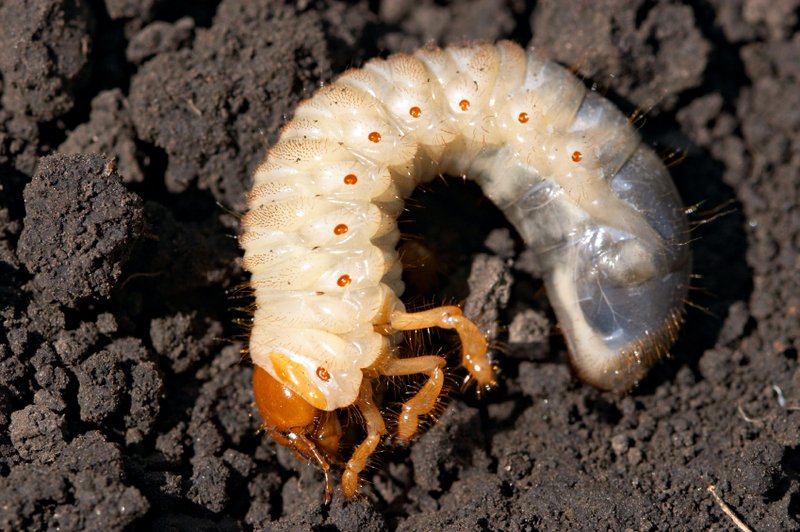
Colorado beetle
Most likely, this insect is known to each dac. The colorad beetle is a leafer. It is mainly having a threat to potatoes, tomatoes and eggplants. The beetle has an oval shape with solid outcrops. The larvae is soft orange insects with three pairs of paws and black head. Colorado beetles spend cold season in the soil. When the soil warms up, they crawl out and begin to emblorict the leaves. There are also the masonry of eggs, giving life a variety of people's offaccuracy.
Several ways to combat pests.
- Manual picking beetle. Destruction in a bucket with boiling water.
- Plant treatment with contact-intestinal insecticidal drugs.
- Crop rotation.
- Processing of plants "BitonSibacillin", "Taurus", "Bicol" or "Intavir".
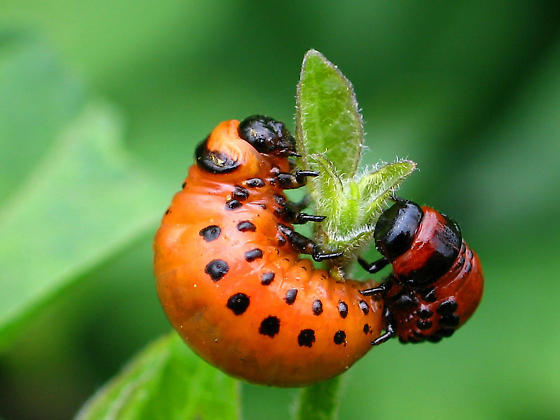
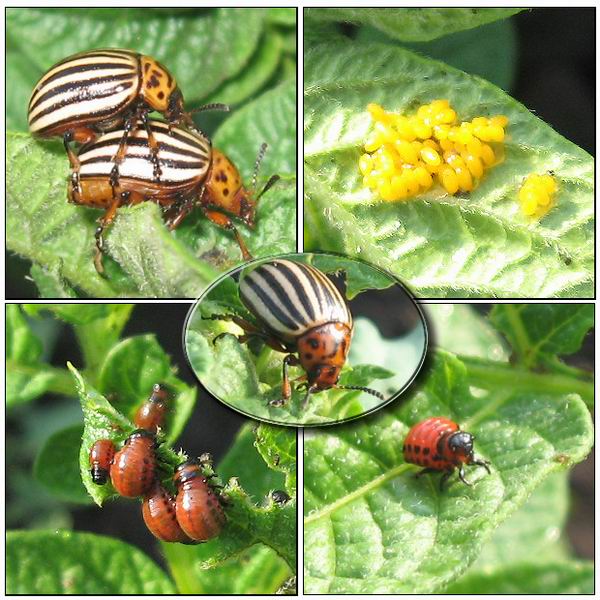
Classification of means to combat pests
All who came across the problem of pests in their country sites knows - this case requires a lot of strength and patience. If leaves appeared on your beds, the leaves in the holes, overtook or other processes of plants are appeared, should be referred to as specially designed to destroy pests drugs. In the modern world they are divided into three types.
Biological means
Biological assistants in the struggle against pests are bacteria, animals and birds. They are able to emblorict Skodnikov without damaging the plant. In addition, biological agents are absolutely environmentally friendly for humans. Bioactive drugs can be used throughout the entire plant growth period, they are absolutely harmless even a few days before harvesting. The basis of solutions - viruses and bacteria that are dangerous for certain species of pests. For example, common "batchibacillin", "lepyocid", etc.
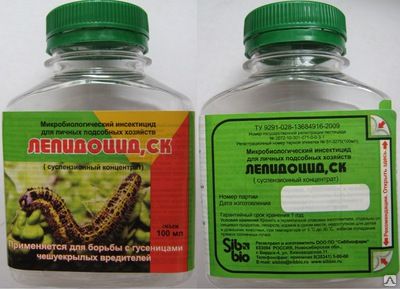
Chemicals
Chemical preparations are the most powerful treatments from pests. But, unfortunately, they also negatively affect plants and human itself. Therefore, if you apply chemical processing, carefully follow all the rules written in the package. At the heart of these drugs are the reagents of artificial origin, in other words - Piva. Never process cultures a few days before harvesting. By this you risk poisoning yourself. Examples of chemicals: "Medvetoks", "Mogir", "Thunder", "Ecotrap" and others.
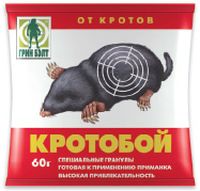
Technical means
Today, the most modern and efficient technical means are based on the effects of sound and acoustic waves. These are electronic ultrasound and bioacoustic devices. They possess ergonomic, aesthetic and what is the most important, environmental properties. It also pleases the life of such drugs - an average of 10-15 years. All devices of this type have a very strong impact. With long-term contact, a person can cause headache and fatigue, so they should be placed not closer than five meters from people.
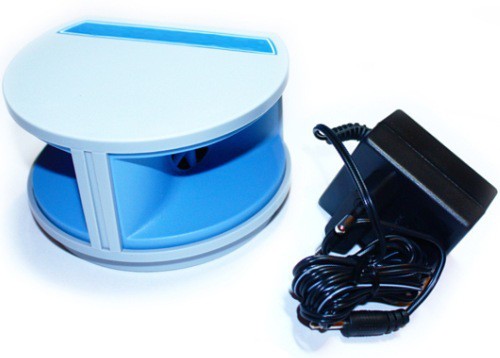
Whatever your methods of dealing with pests, the main thing is to be safe. Therefore, carefully study the instructions for using the tools and do not backway from it not to step.


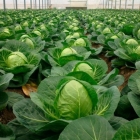
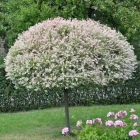
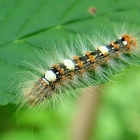
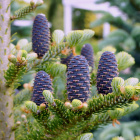
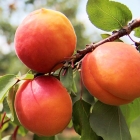

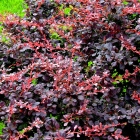

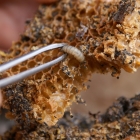

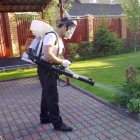
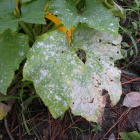
 Start a discussion ...
Start a discussion ...